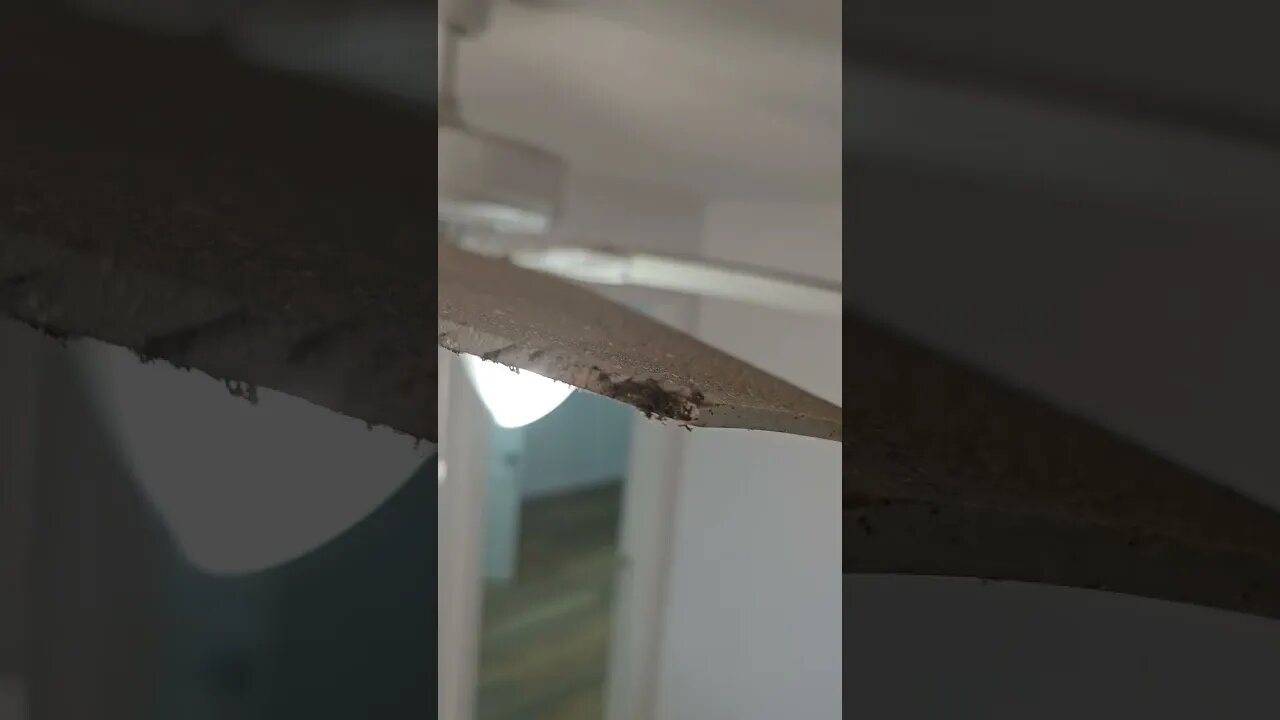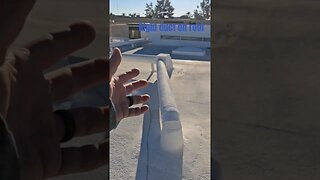Premium Only Content

To test or not to test a dirty ceiling fan. #homeinspection
When a ceiling fan that hasn't been cleaned in years is turned on, it can potentially circulate various types of dust and debris into the air. Here are some common examples:
Dust Particles: Over time, a ceiling fan accumulates a layer of dust on its blades, motor housing, and other components. When the fan is turned on, the spinning blades can dislodge the accumulated dust particles, causing them to become airborne and spread throughout the room.
Pollen and Allergens: If the room where the ceiling fan is located has open windows or is exposed to outdoor elements, pollen and other allergens may collect on the fan's surfaces. When the fan is activated, these particles can be circulated, potentially triggering allergies or respiratory issues in sensitive individuals.
Pet Dander: If there are pets in the household, their dander can settle on the ceiling fan over time. When the fan is turned on, pet dander may become airborne and contribute to allergen exposure.
Mold Spores: In humid environments or if there has been water damage in the vicinity of the fan, mold or mildew may develop. When the fan operates, it can disturb the mold spores, causing them to disperse in the air. Inhalation of mold spores can be harmful, particularly for individuals with mold allergies or respiratory conditions.
Insect Debris: Insects or their remnants, such as wings or body parts, may accumulate on the fan blades or inside the fan housing. When the fan is turned on, these particles can be propelled into the air.
To minimize the release of dust and debris and improve indoor air quality, when turning on a ceiling fan, it is advisable to regularly clean and maintain the fan, including dusting the blades, wiping down the housing, and ensuring proper ventilation in the room. Regular cleaning can help prevent excessive buildup and reduce the amount of airborne particles when the fan is operated.
#ceilingfan #homeinspection #cleaning
-
 0:31
0:31
Home Inspector Dan
1 year agoDuctwork on Flat Roofs in Phoenix
27 -
 8:56
8:56
Melonie Mac
1 hour agoMy Superman Trailer Impressions
2.18K6 -
 LIVE
LIVE
StoneMountain64
3 hours ago☠️
239 watching -
 36:08
36:08
Standpoint with Gabe Groisman
2 hours agoEp. 62. Understanding the Chaos in Syria. Dr. Jonathan Schanzer
5.72K1 -
 LIVE
LIVE
Viss
3 hours ago🔴LIVE - Budget Zero To Hero Runs! - Delta Force
334 watching -
 1:26:52
1:26:52
The Quartering
2 hours agoFAA Bans Drones, Elon Musk For Speaker Of The House, Fani Willis Humiliated, Disney Drops Woke!
57.6K14 -
 1:24:42
1:24:42
Russell Brand
4 hours agoHow the State Department Shapes Global Narratives
106K94 -
 50:18
50:18
Ben Shapiro
3 hours agoEp. 2108 - Musk, Trump Team Up To KILL Pork Bill
51.5K31 -
 1:52:02
1:52:02
vivafrei
7 hours agoLock Liz Cheney Up! Spending Bill MADNESS! Not Just Pork, but GAIN OF FUNCTION! & MORE! Viva Frei
60.1K25 -
 55:51
55:51
The Dan Bongino Show
6 hours agoWe Are NOT Falling For This Again (Ep. 2391) - 12/19/2024
754K3.14K